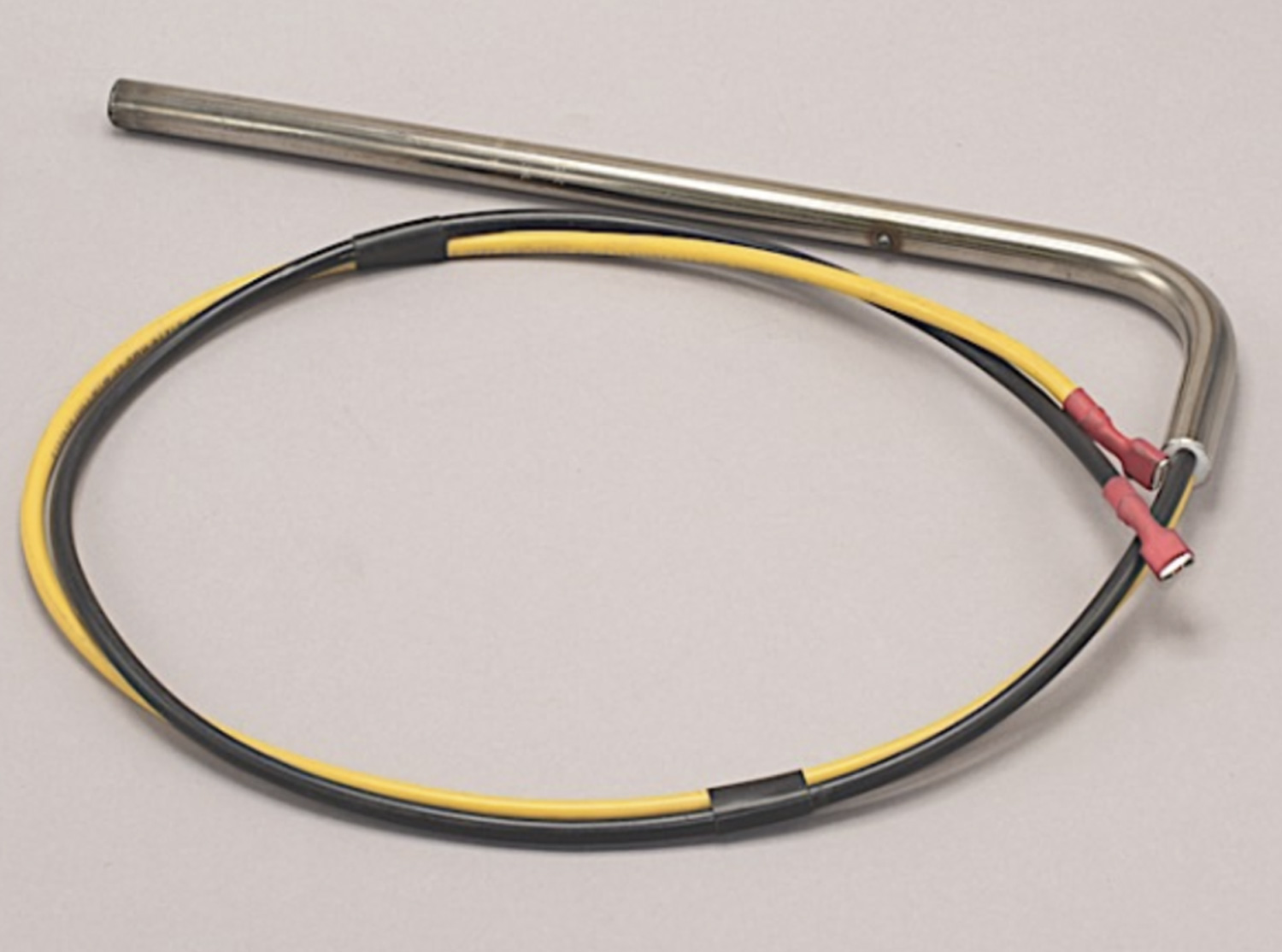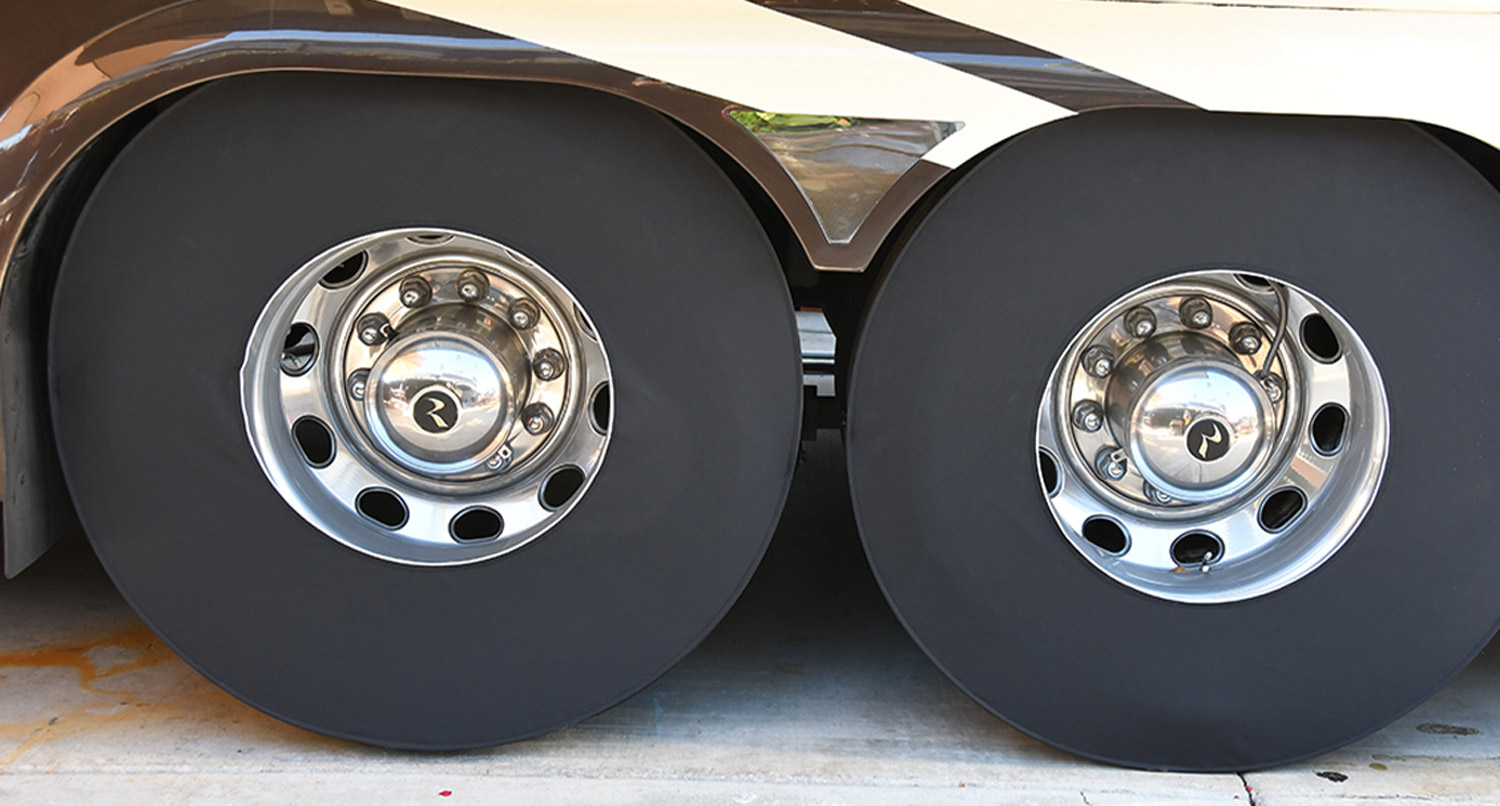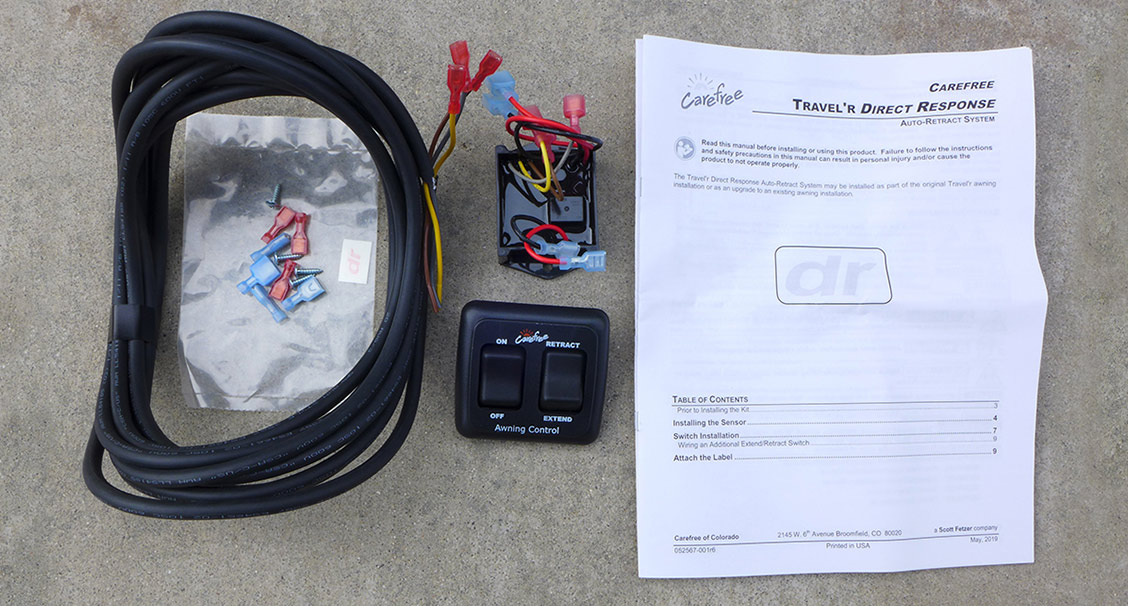Loosie Goosy Steering

Bill, I purchased a used 2017 Fourwinds 28-foot Class C motorhome with about 9,280 miles on the odometer. On our first trip, I was so disappointed on how loose the steering seemed to be. It felt like I needed to constantly correct the steering — basically a white-knuckle ride when we hit some wind. With the low mileage, it doesn’t seem like the front end should be worn out, maybe a little bit of wear but nothing like this.
—Ron Zimmerman
Indeed, traveling in strong winds can be scary at times; I’ve been there, done that. I’m pretty sure that your wheelbase has a lot to do with the situation. If the wheelbase is too short, leaving a lot of overhang to the end of the motorhome, the chassis produces “tail wagging” sensations, and at times can even be dangerous, depending on severity and loading.
I suggest that you spend some time at a weight scale. Weigh each corner of the motorhome, which can be difficult on a public scale. It’s best to have the weights recorded on individual wheel scales, but not all service facilities have such equipment. If nothing else, get the individual axle weights to check loading balance. It’s possible that the weight on the front axle is too light.
Make sure that tire pressure is in compliance with the loading figures on the weight information plate. Check the front tires for abnormal wear to make sure that the alignment is not out of whack.
There are several aftermarket suspension upgrades that can improve Class C drivability. The most elaborate is the LiquidSpring compressible-liquid Smart Suspension System (liquidspring.com). This system enhances steering precision and improves handling substantially. You can also consider the Roadmaster Exact Center Steering Stabilizer (roadmasterinc.com). This device is currently available for the Ford chassis and is designed to keep the front end centered. You can literally make a turn and let go of the steering wheel and it will self-center. You can also take a look at a front-end stabilizer from Safe T Plus (safe-t-plus.com), which counters windy conditions and rough, undulating road surfaces. As a bonus, steering stabilizers help control the motorhome during a tire blow-out.
Another option is to install heavy-duty sway bars like those from Roadmaster and Hellwig (hellwigproducts.com). In fact, if you read the story on top suspension upgrades elsewhere in this issue, you’ll learn that a bigger anti-sway bar is perhaps the first upgrade a motorhome owner should consider. Last, but not least, make sure that the backend of the motorhome is level. It’s possible that rear-end sag is being caused by the long overhang and the leaf springs are no longer arched normally, taking on a reverse arch look. A good suspension shop can make a diagnosis.

A typical replacement heater element for a Dometic refrigerator is available from places like RV Parts USA (rvpartsusa.com) for about $60.
—John Woodward
John, this is a common problem with the four-door Norcold refrigerators, and it seems that many repair-shop technicians are not prepared or trained properly to diagnosis the problem — especially when it seems to be working fine on gas, which indicates that the cooling unit is functioning properly. Because of the larger capacity of this refrigerator, the cooling unit requires two 120-volt AC heating elements instead of a single heating element used for the smaller two-door refrigerators. Testing them can be a little bit of a challenge. These heating elements resemble those in the two-door models, but they are rated at a lower wattage.
It’s possible that one of the heating elements has burned out; there’s not enough heat for the cooling unit to function properly with only one element. The heating elements can be tested with an induction amp meter by turning the refrigerator’s thermostat to the maximum position; they should draw roughly about 2.5 amps per element. If you only get a reading on one element, you have your answer. If both heating elements are drawing roughly 2.5 amps, you’ll need to make sure that the heating elements are positioned all the way down into the steel tubing that holds them tightly against the boiler tube.
I have also seen instances where the heated portion of the element was only at the bottom, which gives a false reading and not enough heat to make the refrigerator function properly. You didn’t tell me how much the refrigerator was used over the past 10 years, but at this point I would replace both heating elements. Make sure that you get the correct ones for your refrigerator; your dealer should be able to reference part numbers.
Theoretically, there could be an issue with a control board, but I’ve never seen one malfunction in this manner. It’s critical that both heating elements are connected to their proper places on the control board; if one or both of the heating elements were replaced in the past, it is possible that they were connected to the wrong terminals. Consult the wiring schematic to verify that the wires coming from the heating elements are routed properly.

Tire covers, like the EZ Fold RV Tire Shades marketed by Magne Shade (magneshade.com) that cover the sidewalls and actually look like tires themselves, can help extend tire life by protecting against deterioration.
I realize that tires are subjects of endless talking points among RVers, but I don’t quite understand all the aspects of my Michelin X tires that are approaching six years of age. I checked carefully and do not see any signs of age or cracking on the sidewalls. I’m concerned that after sitting for one year on concrete there’s some undetectable deterioration. From what I can gather online, the Michelin tires on my motorhome should last 10 years without a problem, although I couldn’t find a definitive answer whether sitting for a long period of time will negatively affect the tires and if so, what that impact would be.
—John Hayward
There is certainly a lot of discussion out there regarding tires — and considering the cost these days for replacements, you need to be sure you’re doing the right thing. There’s no doubt that letting your motorhome sit for a year can affect the tires, especially if the proper inflation pressure is not maintained. Allowing constant exposure from sun and weather can also shorten longevity.
Allowing your tires to sit on damp surfaces can also impact tire life, which is why some people use the leveling jacks to keep the tires off the ground. I’m not a fan of that practice, but you can insulate the tires from the concrete with wood or pads designed for this purpose. It’s best to keep the tires covered while in storage and if you want a better hedge against premature deterioration, apply a good protectant once a month. I like Aerospace 303 (goldeagle.com) because it has a proven track record and is petroleum distillate-free. You can easily obtain Aerospace 303 on Amazon. The protectant shields the rubber from UV exposure, which helps protect the sidewalls from cracking.
Conventional wisdom suggests that the tires will last 6-7 years under normal conditions. You may not even get that long of service if they are not protected from the elements when in storage. Michelin recommends that the tires are inspected annually by a qualified dealer when approaching 6 years old and states that the tires may be good for 10 years if the motorhome was stored indoors. Of course, these recommendations are dependent on tread wear and the presence of sidewall cracking and other damage.
If you’re planning a high-mileage trip, I would lean towards replacing them for the peace of mind. A friend decided to take a chance and he and his wife spent a harrowing night parked off-kilter on the side of an Interstate highway in a bad storm, waiting for the tow truck to arrive the next morning.

Carefree’s Direct Response motion sensor will automatically retract the awning in high winds. The kit comes complete with everything needed for the installation except for the wire needed to connect power to the On/Off switch (14-gauge primary wire, available in hardware and auto parts stores and online).
—Lee Howard
Lee, it just so happens that I have the same awning so I’m quite familiar with its operation. There are several possibilities when you have this type of problem. The first thing to check is for voltage, which should be a minimum of 11.5 volts while extending and retracting the awning. Going out is much easier on the motors; having to pull the weight of the awning hardware and fabric back up takes more power.
Next, check the gas struts, which help the awning roll up. It appears that weak struts may be the problem since you need to push on the arms to help it retract. I don’t suggest using WD-40, but a silicone dry lube is good. I’m assuming that you’ve checked the hardware to make sure none of the pieces are bent or out of alignment. Many times, the hardware is damaged when the awning is left extended in high winds. Having an auto retraction feature usually prevents awning calamities during wind events, and there is an aftermarket kit — the Direct Response auto-retract system — available from Carefree of Colorado (carefreeofcolorado.com) to make this upgrade, which I highly recommend.

